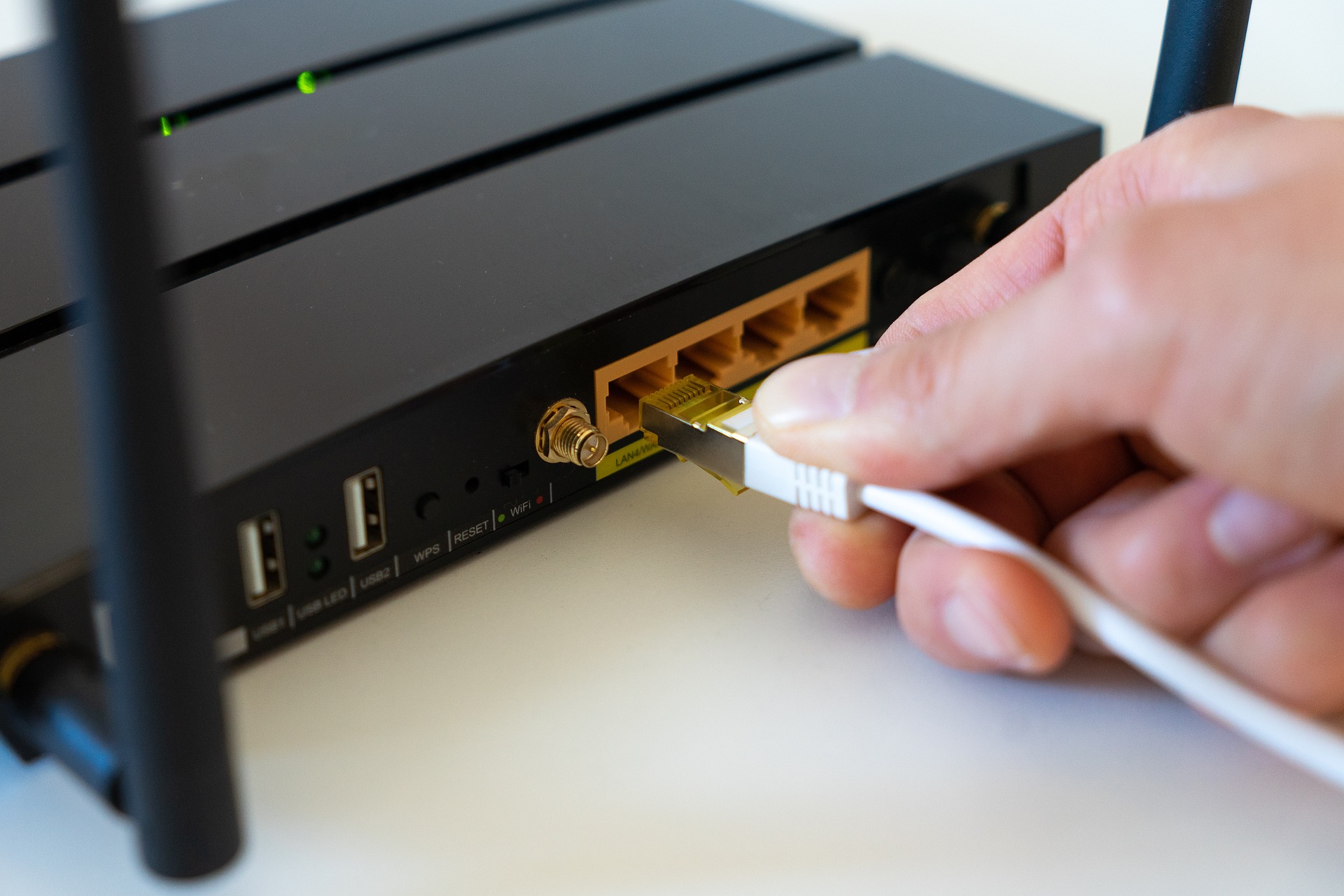"Awakening to the Potency of Bystander Intervention in Modern Society"
As we navigate the complexities of our modern society, the power of bystander intervention emerges as a compelling topic. It represents a social behavior that is gaining momentum and redefining our collective response to various forms of injustice. Read below as we delve into the origins of this phenomenon, its current trends, and its implications for our society.

Understanding the Bystander Intervention Phenomenon
Bystander intervention refers to an individual taking action when they witness harmful or potentially harmful situations. It originated from social psychology, gaining prominence in the aftermath of the infamous Kitty Genovese case in 1964, where an alleged 38 witnesses did nothing as she was attacked. This case spurred research into the ‘bystander effect,’ a psychological phenomenon where individuals are less likely to help a victim if other people are present.
The Sociological Foundations of Bystander Intervention
Sociologists took up the mantle from psychologists, exploring the conditions that foster or hinder bystander intervention. They found that cultural norms, social relationships, and individual beliefs significantly influence whether one chooses to intervene. Over time, the focus shifted from passive observation to active intervention, culminating in the emergence of bystander intervention training programs in the late 20th century.
Bystander Intervention in Contemporary Society
In our current social landscape, bystander intervention is being applied to a wide array of issues, from sexual harassment to bullying and hate crimes. It represents a shift in societal attitudes, with individuals becoming more willing to take action against injustices they witness. Technology also plays a role, enabling bystanders to document and share instances of injustice, thus amplifying their impact.
The Impact and Future of Bystander Intervention
Bystander intervention holds significant implications for how we respond to social issues. It empowers individuals, encouraging them to challenge harmful behaviors and hold wrongdoers accountable. Moreover, it fosters a sense of communal responsibility, promoting a culture of active engagement rather than passive acceptance. As we move forward, we can expect bystander intervention to continue evolving and shaping our societal norms.
Conclusion
As we navigate the complexities of our modern society, the power of bystander intervention emerges as a compelling topic. It represents a social behavior that is gaining momentum and redefining our collective response to various forms of injustice. The future will likely see this trend continue, underscoring the importance of understanding its roots, current manifestations, and potential implications.






